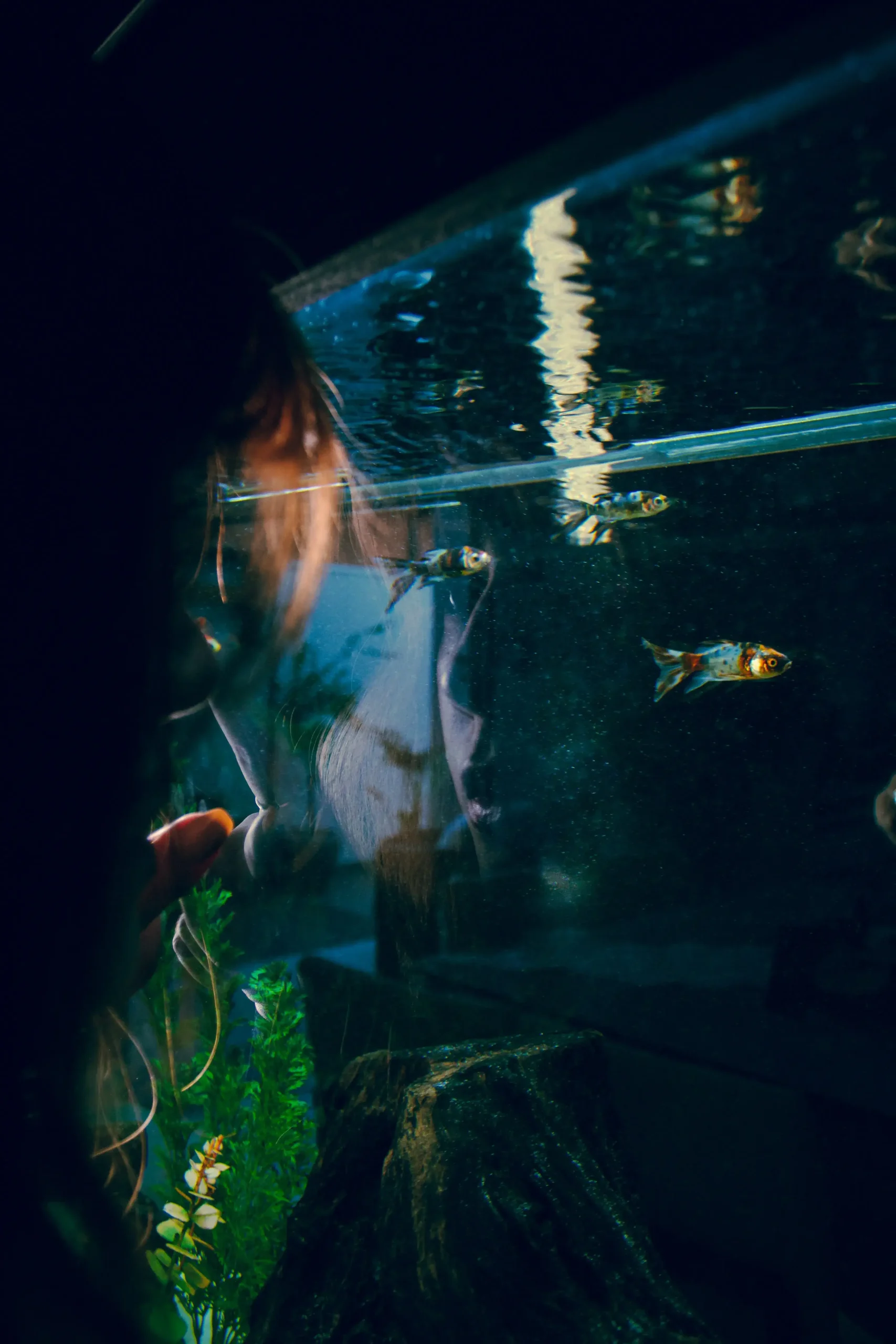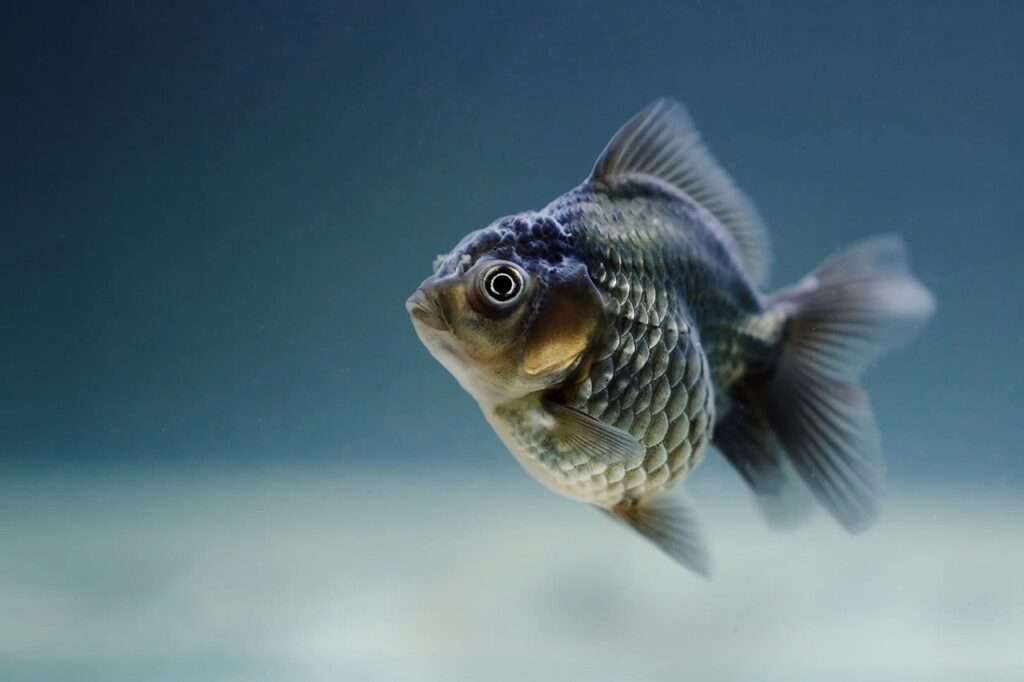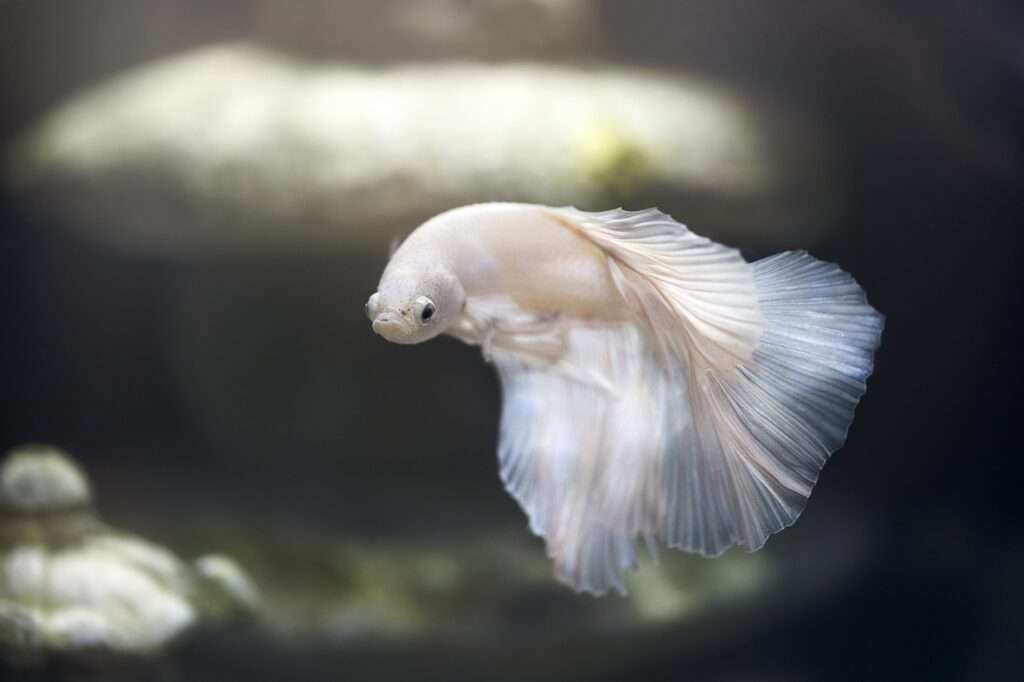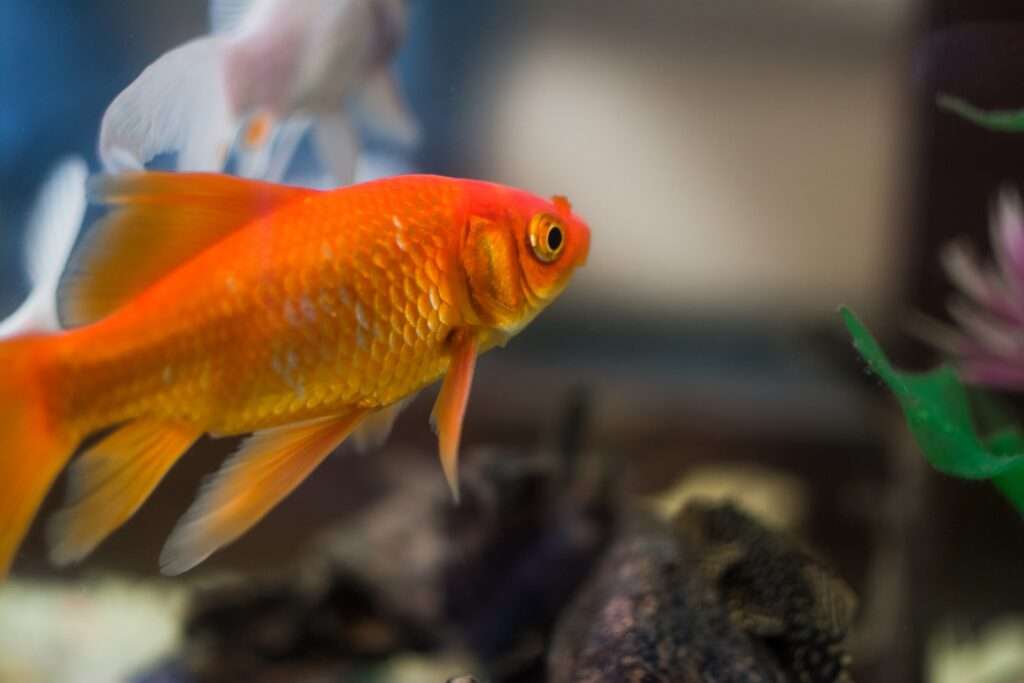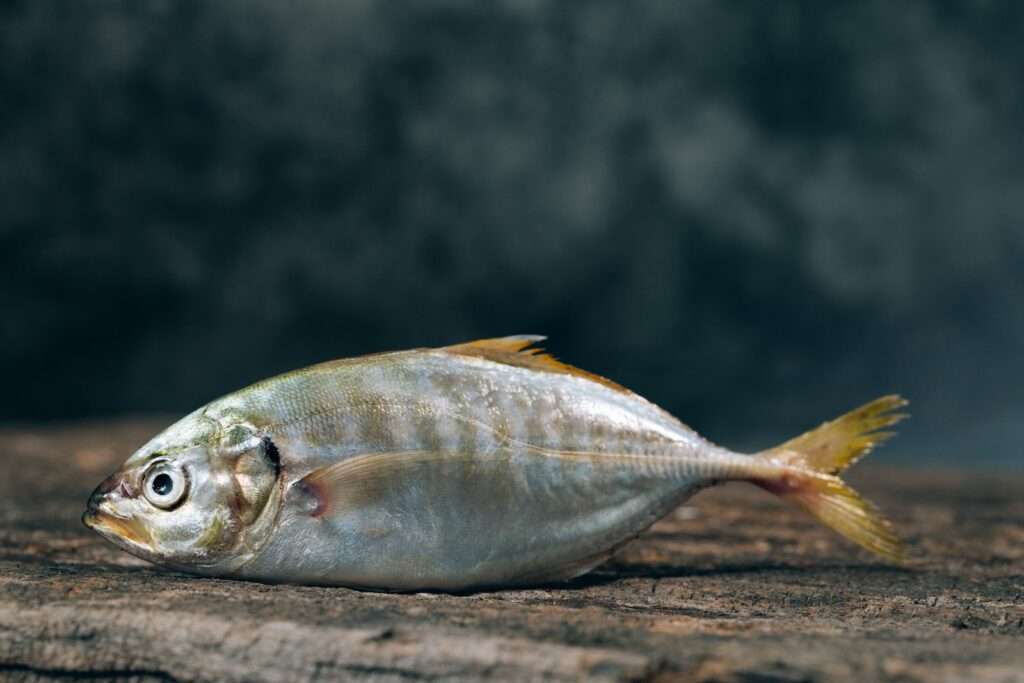Understanding Scavenging Behavior in Fish Tanks: A Guide for Hobbyists
Introduction:
Fish tanks, whether small or large, are fascinating ecosystems that require careful attention and understanding. One aspect of fish behavior that is often overlooked is scavenging behavior. In this article, we will explore the importance of understanding scavenging behavior in fish tanks and how it can affect fish health.
1. What is Scavenging Behavior in Fish?
Scavenging behavior refers to the natural instinct of fish to search for and consume leftover food or other organic matter in their environment. It is an important survival mechanism that has evolved over time. Fish have developed adaptations that allow them to make the most of available resources.
2. Why Do Fish Engage in Scavenging Behavior?
Fish engage in scavenging behavior for several reasons. First, it is an evolutionary behavior that helps them find food when their primary food sources are scarce. Scavenging behavior also provides nutritional benefits as fish can consume a variety of organisms and organic matter. Additionally, environmental factors such as water temperature and quality can influence scavenging behavior.
3. Common Scavenging Behaviors in Fish Tanks:
In fish tanks, scavenging behavior can manifest in various ways. Bottom feeding is a common behavior where fish search for food particles that have sunk to the bottom of the tank. Surface skimming involves fish feeding on insects or other floating organisms on the water’s surface. Mid-water scavenging occurs when fish actively search for food in the middle of the tank.
4. Factors Influencing Scavenging Behavior:
Several factors can influence scavenging behavior in fish tanks. The size and layout of the tank play a role, as fish need adequate space to exhibit their natural behaviors. Water quality and oxygen levels also affect scavenging behavior, as fish may be less active if the water is polluted or lacks oxygen. Feeding habits and the availability of food can influence the extent of scavenging behavior. Finally, social dynamics and tank mates can play a role, as some fish may be more inclined to scavenge when they see others doing so.
5. The Pros and Cons of Scavenging Behavior:
Scavenging behavior can have both benefits and drawbacks. On the positive side, scavenging behavior allows fish to consume a varied diet and helps mimic their natural foraging behaviors. It can also help keep the tank clean by reducing leftover food and organic waste. However, there are potential risks and drawbacks, such as the potential for overeating or aggression between scavenging fish species.
6. Promoting Healthy Scavenging Behavior in Fish Tanks:
To support healthy scavenging behavior in fish tanks, hobbyists can take several steps. Providing adequate hiding places, such as plants or decorations, allows fish to feel secure and encourages natural behaviors. Offering a varied and nutritious diet ensures that fish receive essential nutrients. Maintaining optimal water conditions, including proper filtration and oxygenation, is crucial. Lastly, ensuring suitable tank mates can prevent aggression and promote a harmonious scavenging environment.
7. Frequently Asked Questions (FAQs):
To address common queries, here are some frequently asked questions about scavenging behavior in fish tanks:
Q1. Can scavenging behavior lead to overeating in fish?
A1. Yes, fish can sometimes overeat if there is an excessive amount of food available. It is important to monitor feeding habits and adjust accordingly.
Q2. How can I prevent aggression between scavenging fish species?
A2. Research the behavior and compatibility of different fish species before adding them to the tank. Providing ample hiding places and ensuring enough space can also help reduce aggression.
Q3. Are there any specific tank decorations that can support natural scavenging behaviors?
A3. Yes, decorations such as caves, rocks, and plants can provide hiding places and create a more natural environment for fish to scavenge.
Q4. Is it normal for fish to scavenge during the night?
A4. Yes, many fish are more active during the night and may engage in scavenging behavior during those hours.
Q5. Should I supplement scavenging fish’s diet with additional feedings?
A5. It depends on the specific fish species and the availability of natural food sources in the tank. Consult with an expert or do thorough research to determine the appropriate feeding regimen.
Conclusion:
Understanding scavenging behavior in fish tanks is crucial for providing optimal care and promoting fish health. By recognizing the importance of this natural behavior and taking steps to support it, hobbyists can create a balanced and thriving aquatic environment for their fish.


